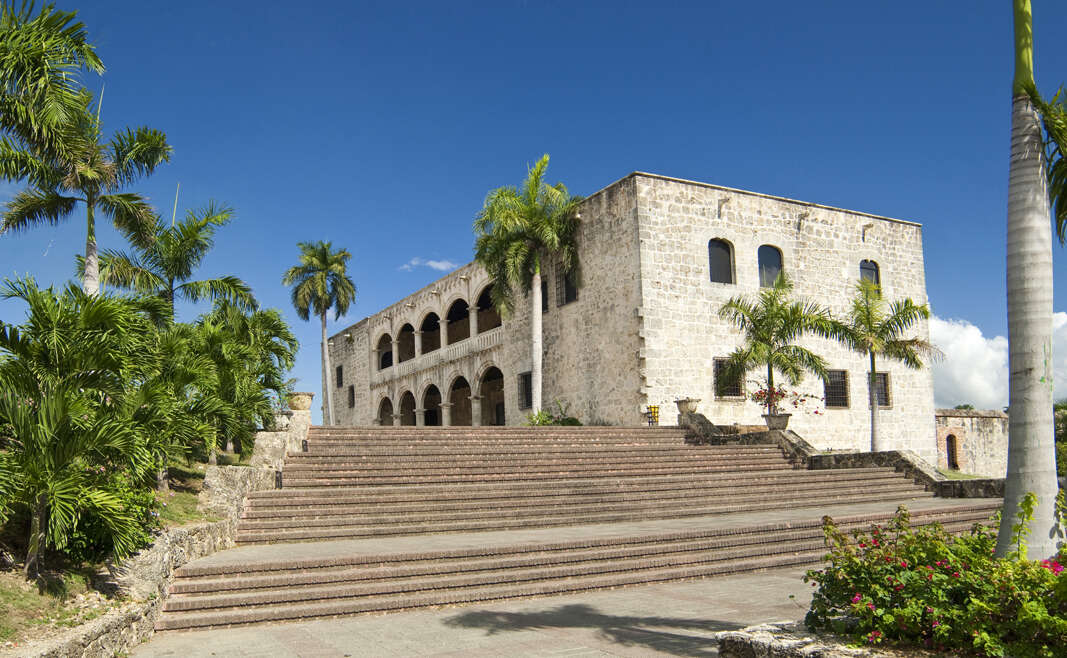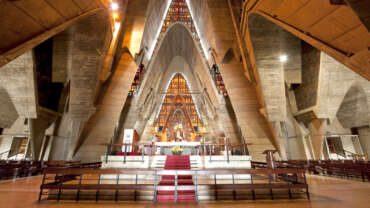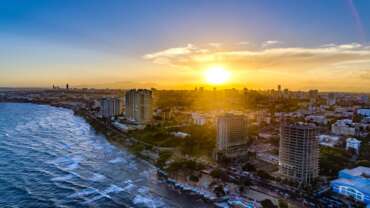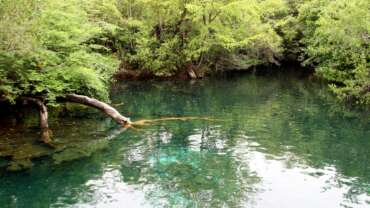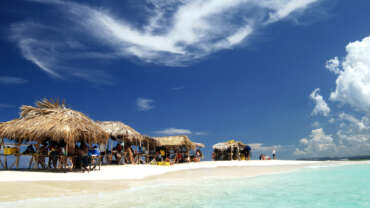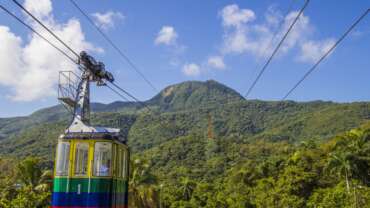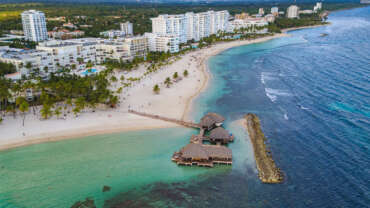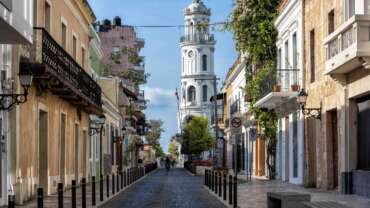Cultural Tourism in Dominican Republic
ICONIC SIGHTS
Known as the cradle of the Americas, the Dominican Republic is full of iconic sights across its cities and provinces. Visit world-famous beaches—such as Playa Rincón, in Samaná. Walk through the first buildings and monuments in the Americas lining the streets of Santo Domingo’s Colonial City. Hike the ruins of La Isabela, in Puerto Plata province, where Columbus built his first and only home on land in the Americas, perched on a cliff overlooking the sea. Hike the DR’s sole UNESCO Biosphere in the southwest, the most biodiverse in the country. Hear the history of merengue in a small village in Puerto Plata, said to be its birthplace. Visit cathedrals and religious shrines, key in Dominican culture.
The majority of iconic sights are easily reached from the country’s main tourist destinations, and remain open year-round.
CHURCHES
A majority of the population is Roman Catholic, as well as other Christian denominations. As a result, Dominican churches play an important role in the culture and history of the country, dating back to the days of the Spanish colonialists. Tour the most significant church in the Colonial City: the Catedral Primada de América, the oldest in the Americas, where official national celebrations take place. The Colonial City is filled with many more breathtaking, important religious sites you can reach on foot, such as Iglesia Nuestra Señora de Las Mercedes, one of two representations of the country’s patron saint. Dominicans make a pilgrimage to Higüey every January 21, to the Basílica Catedral Nuestra Señora de La Altagracia, the country’s most important shrine dedicated to the DR’s patron saint, the Virgin Mary, and often included on tours from Punta Cana. Off the beaten track, a visit of the Holy Hill of Santo Cerro and adjoining church is worthwhile to see the third holiest site in the DR, just outside of La Vega, where Dominicans make a pilgrimage on September 24, Day of the Señora de Las Mercedes.
To ensure entry, dress appropriately when visiting any of these symbolic churches.
MUSEUMS
Museum buffs will find a bevy of opportunities around the Dominican Republic. Santo Domingo’s Colonial City—the first urban settlement in the New World—houses excellent museums providing insight into the Spanish colonial days—from the Alcázar de Colón palace to the Museo de las Casas Reales, where the royal court was housed. The city also boasts a museum complex at Plaza de la Cultura, showcasing history and modern art, while the latest offering in the city is all about Dominican chocolate. In Puerto Plata, you can learn about national heroes and precious stones, while Samaná offers an insightful small museum on its humpback whales, and Sosúa has a fascinating Jewish Museum. La Romana’s Altos de Chavón is home to the most comprehensive display on the Taino at the Regional Museum of Archeology.
Whether covering history, geography, precious stones, chocolate, baseball, rum, family life in the DR, or architecture, among other topics, there’s a museum to fit all ages and interests.
THEATERS
Theater plays an important role in Dominican arts and culture. The DR is said to be the first destination in the Americas to offer drama entertainment, a direct result of the arrival of the Spanish in the 16th century. The most prestigious theaters in the country include Eduardo Brito National Theater, with a capacity of 1,600–Palacio de Bellas Artes, and the Cibao Grand Theater. An annual theater festival is held in Santo Domingo—the heart of theater in the DR—but you can experience a play throughout the year at one of the many excellent facilities in the capital, and in Santiago, the second largest city in the DR.
Consult each theater’s calendar for current information on upcoming plays and performance dates.
RUM + CIGARS
Rum and cigars go hand in hand in the Dominican Republic, where the fertile soil produces some of the world’s best tobacco, and abundant sugar cane. Dominican premium tobacco brands are award winning, including La Aurora, Romeo y Julieta, and La Flor Dominicana. If you’re able, join the annual Pro-Cigar Festival to fully enjoy the breadth of the Dominican cigar, with entertainment along the way. But whether you’re visiting in the summer or winter season, there’s always an opportunity to tour one of the DR’s top cigar factories, in-city or on their plantations, from Punta Cana, La Romana, Santiago, or Puerto Plata, among other hubs. Along your explorations, particularly in Santo Domingo and Santiago, stop in at a cigar lounge, and kick back with your choice of dark or white rum, from Brugal to Barceló, Bermúdez, or Macorís brands.
For more history on Dominican rum and cigars, visit the Rum and Tobacco Museum in the Colonial City, and hop on a tour of the Brugal Rum Factory in Puerto Plata.
BASEBALL
Baseball is the Dominican Republic’s favorite sport. For Dominicans, “pelota”–as we call it here–is more than a sport. It’s a limitless passion, a love for country and unity. For the young generation, baseball also symbolizes a dream and hope for a better future–with the possibility of becoming one of the world’s legendary Dominican baseball players. After all, it worked for Sammy Sosa, Pedro Martínez, David Ortiz, Robinson Canó, José Reyes, Juan Marichal and Bartolo Colón, among numerous others.
Aside from tracking their favorite players during the Major League Baseball (MLB) games, each Dominican has a favorite team that he or she cheers on during the Dominican baseball season. Baseball season in the DR runs from mid-October through late January, featuring six teams competing at major professional baseball stadiums around the country. If you are visiting during these months, add this unique experience to your list–going to a Dominican “juego de pelota” is about the game, but it’s also a lively party.



